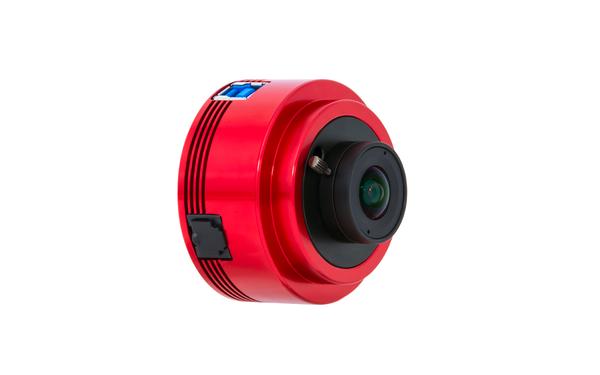
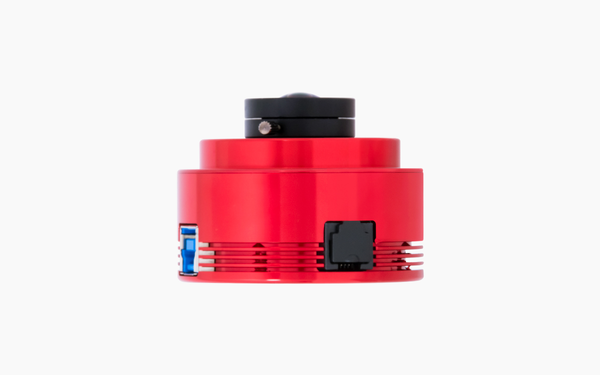
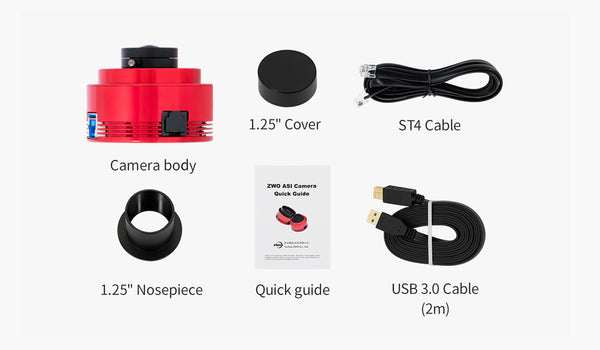
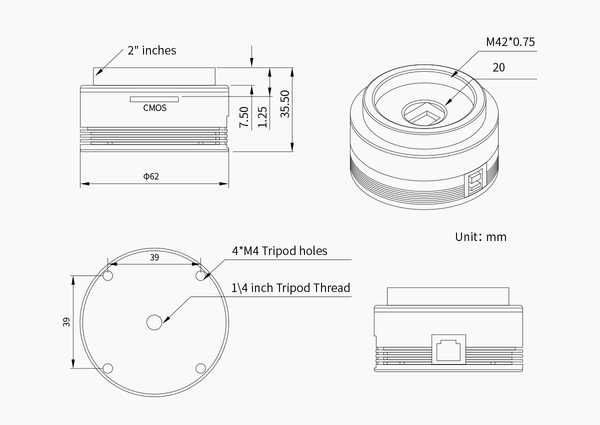
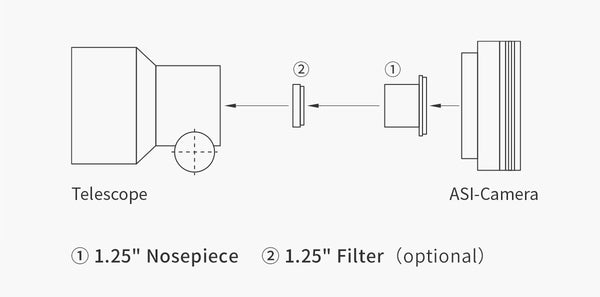





Why Purchase from All-Star Telescope?
Free Expert Support
Whether you are a first timer needing help with setting up or an enthusiast that can't quite make that one thing work, our expert staff are ready to support your needs. With decades of knowledge and first hand experience we've been there and we can help you through it!
Stress Free, Secure Transactions
You can trust purchasing and delivery with All-Star Telescope. All of our transactions are 100% secure and Level 1 PCI DSS compliant thanks to Shopify's ShopPay platform. For additional protection, we insure 100% of the value of every shipment we make. If it get's lost during shipment, we replace it. If it gets damaged during shipment, we replace it. We make sure your product arrives exactly as you would expect it to; we promise.
We also ensure privacy protection. We never keep any of your credit card information on file and any of your personal data is stored according to our policies.
30 Day Return Policy
Buy with confidence knowing that we accept returns up to 30 days after purchase. We want you to have something you will actually use and we are confident that we keep good quality products in our store with No Junk.
Price Match Promise
Shipping around for the best price is tough, we make it easier by offering the best pricing in the market. But if you find a better price on an in-store item somewhere else we will match it!
Product Description
IR Sensitive Planetary Camera
ASI462MM adopts the Sony IMX462 sensor, featuring 12 bit ADC, high sensitivity in IR wavelength and low readout noise, this camera is considered as the iteration of the ASI290MM. It's very suitable for planetary imaging, lunar and solar imaging.


STARVIS Technology
The STARVIS Technology brings better imaging performance to the camera in low light conditions.
DDR3 Memory
The camera is equipped with a USB 3.0 transmission interface and a built-in 256MB DDR3 memory to ensure stable and secure data transmission. Under long exposure, it effectively avoids frame dropping and greatly reduces the glow effect caused by slow reading speed.

Note that the DDR3 memory is NOT available in the first 200 early-bird cameras. It’s only available in the official version.
We do not provide DDR3 memory version replacement or upgrade for the early-bird batch.
USB 3.0 & ST4 Port
USB 3.0 Port: Provides 5Gb bandwidth to let the camera run at 136.1fps (10bit, high speed mode) or 63.9fps (12bit, normal mode) at full resolution (2Mega)
ST4 Port: Can be used to connect with auto guide port of mount for guiding.

- 136.1 fps 10bit high speed mode
- 63.9 fps 12 bit normal mode
- 5Gb bandwidth
- ST4 Port Can be used to connect with auto guide port of mount for guiding
ASI462MM vs ASI290MM
As the upgraded version of ASI290MM, ASI462MM has achieved great improvements regarding QE and readout noise.

Camera Performance
Low readout noise & high QE value
ASI462MM is integrated with HCG mode, which can effectively reduce readout noise at high gain and allow the camera to maintain the same high dynamic range as it does at low gain. At gain 80, the HCG mode is automatically turned on; the dynamic range reaches a level close to 12stops, and the readout noise can be as low as 0.47e.
QE value and readout noise are some of the most important specifications for astronomical cameras. High QE and low readout noise are essential to improve image SNR(Signal to Noise Ratio).

The QE peak value of ASI462MM is around 89% (Relative response).



AR Protective Window
ASI462MM features the AR(Anti-Reflective) coating on its protective glass.
Diameter of the window: 21mm. Thickness: 1.1mm

Connection Methods

Structural Dimension Diagram

What's in the Box
Specifications
| Sensor | SONY IMX462 CMOS Mono |
| Format | 1/2.8" |
| Diagonal | 6.46mm |
| Resolution | 2.1 Mega Pixels, 1936*1096 |
| Pixel size | 2.9µm |
| Sensor size | 5.6mm * 3.2mm |
| Max fps | 136.1FPS (10bit ADC) |
| Shutter | Rolling shutter |
| Exposure range | 32µs-2000s |
| Readout noise | 0.47~2.46e (0.47e@45db gain) |
| QE peak | 89% |
| Full well | 11.2ke |
| ADC | 12bit |
| USB interface | USB3.0 |
| Adapters | 2"/ 1.25"/ M42*0.75 |
| Protect window | AR |
| Dimension | φ62mm*35.5mm |
| Weight | 0.11kg |
| Back focus length | 12.5mm |
| Working temperature | -5°C~50°C |
| Working relative humidity | 0~80% |
| Supported OS | Windows, Linux & Mac OSX |
Additional Articles, Videos, and Links
External Links

Astrophotography for Beginners Step 4: Shooting Deep-Sky Images
Taking deep sky pictures can be daunting, luckily there is an easy process to follow to allow you to get great shots! Here is the typical process for actually taking deep-sky images in the field.
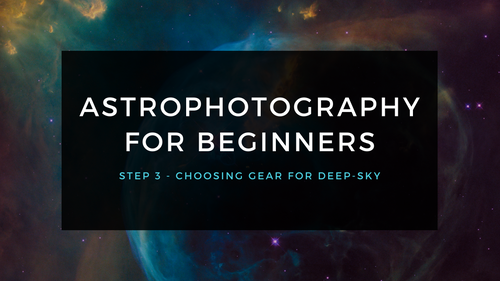
Astrophotography for Beginners Step 3: Choosing Gear for Deep-Sky Imaging
Using a star tracker gains you experience with the fundamentals of deep-sky imaging. Shooting the Moon gains you experience focusing and framing through your telescope. Through your sessions you’ll...
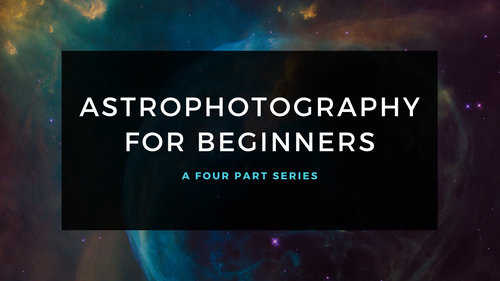
Astrophotography for Beginners - Start Here: Getting into Astrophotography Step by Step
Shooting the night sky has never been more popular, nor easier. The choice of equipment has also never been better, or more affordable. However, as per the advice given by Dickinson and Dyer in the...
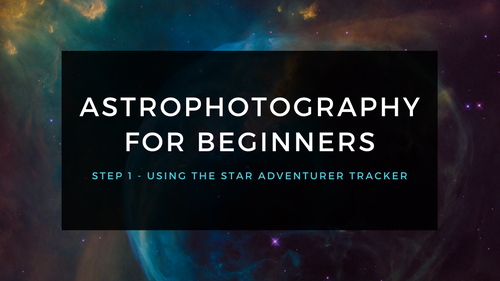
Astrophotography for Beginners Step 1: Using the Star Adventurer Tracker
By far the most economical and easiest way to capture beautiful images of the Milky Way and large deep-sky objects like the Andromeda Galaxy (shown here) is to use a star tracker. Here are steps an...
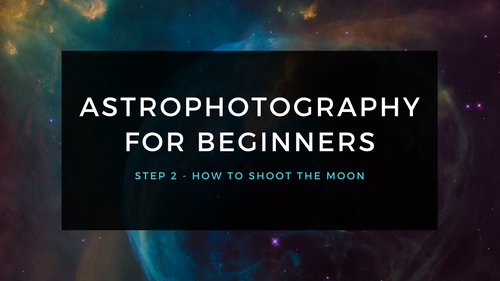
Astrophotography for Beginners Step 2: How to Shoot the Moon
Close-ups of the Moon are rewarding, and an easy way to learn to shoot through your telescope. While good results are possible with a phone camera clamped to an eyepiece (as shown below), this tuto...


